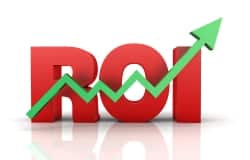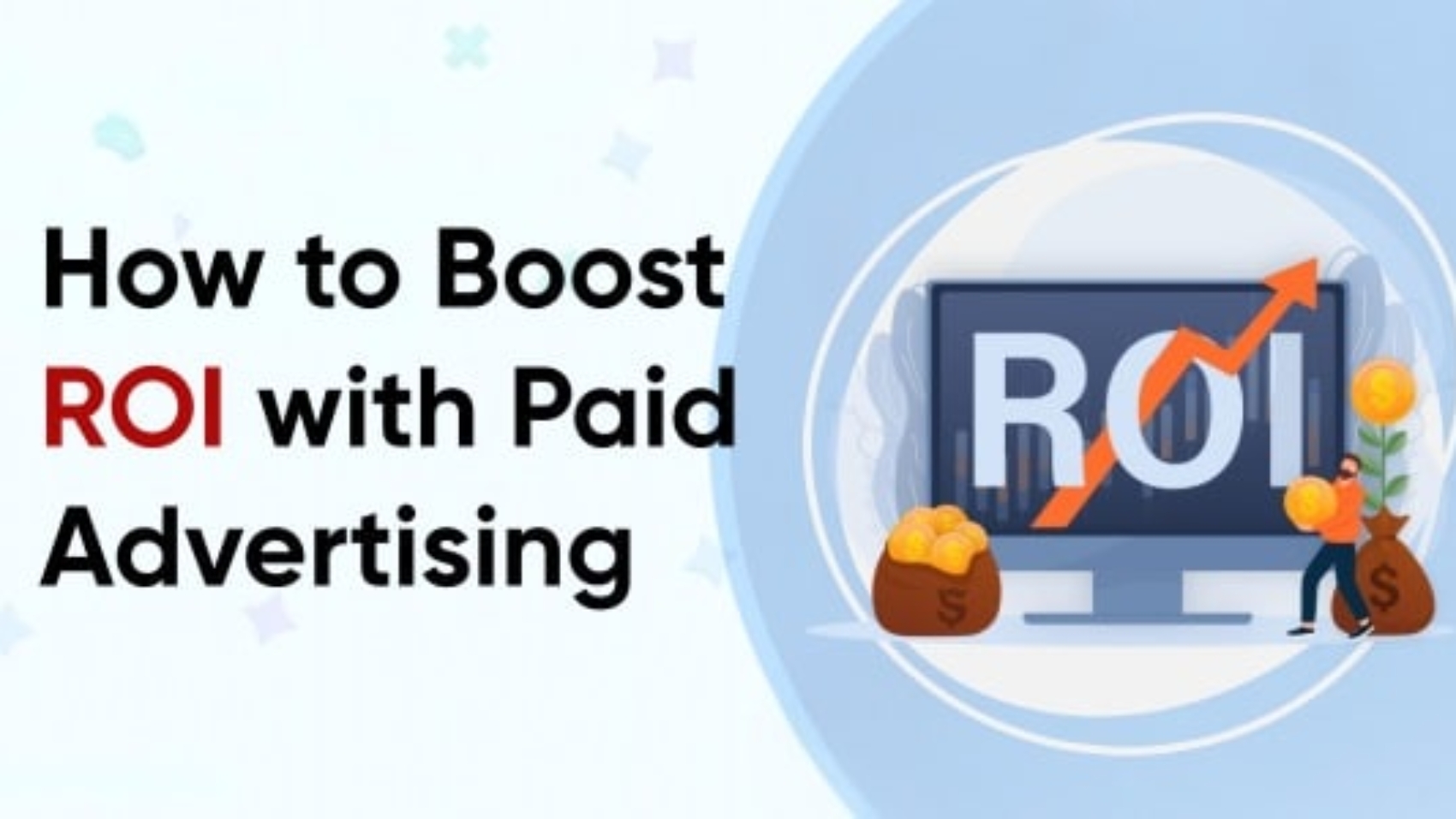Are you getting the most out of your paid advertising campaigns? If you’re investing money in ads but aren’t sure how much profit they’re generating, you’re not alone. That’s where Return on Investment (ROI) comes into play. ROI measures how much revenue you earn for every dollar spent on advertising. A high ROI signals that your campaigns are hitting the mark, while a low ROI means it’s time to tweak your strategy. We’ll dive into actionable ways to boost your ROI with paid advertising. From setting clear goals to leveraging automation and analyzing data, we’ve got you covered with a roadmap to success.
Setting Clear ROI Goals

The first step to boosting your ROI is knowing what success looks like. Without clear goals, you’re essentially flying blind. That’s why setting ROI goals is non-negotiable. These goals should follow the SMART framework: specific, measurable, achievable, relevant, and time-bound. For instance, imagine you’re launching a campaign for an online store. A SMART goal might be: “Achieve a 200% ROI within six months by optimizing ad targeting and creativity.” This means that for every dollar spent, you aim to earn two dollars back in revenue.
Why does this matter? A clear goal gives you a target to aim for and a benchmark to measure against. It forces you to think strategically about your budget, audience, and messaging. To set your own ROI goal, start by reviewing past campaign performance (if available) or industry benchmarks. Then, tailor it to your business needs. Are you launching a new product? Breaking into a new market? Your goal should reflect your priorities and push you to maximize returns.
Leveraging Marketing Automation

Now that you’ve set your goals, let’s talk about efficiency. Marketing automation can be a game-changer for boosting ROI. Picture this: Instead of manually scheduling ads, sending follow-up emails, or posting on social media, you set it all up once and let technology take over. Tools like HubSpot, Marketo, or even Google Ads’ automated bidding can handle repetitive tasks, saving you time and reducing human error.
For example, let’s say your ad generates a lead. Automation can trigger a personalized email sequence to nurture that lead, guiding them toward a purchase without you lifting a finger. This consistency increases conversion rates, which directly lifts your ROI. Plus, automation frees you up to focus on strategy—like refining your ad copy or testing new audiences. Start small with tools that fit your budget, and watch how they streamline your efforts while driving better results.
The Power of Data Analysis

You’ve set goals and automate your campaigns—now it’s time to dig into the numbers. Data analysis is the backbone of optimizing paid advertising. It’s like being a detective, sifting through clues to uncover what’s working and what’s not. Key metrics to track include click-through rates (CTR), conversion rates, cost per click (CPC), and cost per acquisition (CPA). Each tells a story about your campaign’s performance.
For instance, a high CTR but a low conversion rate might mean your ad is compelling, but your landing page isn’t sealing the deal. A high CPA could signal that you’re spending too much to acquire customers. Regularly reviewing these metrics lets you spot trends and make informed decisions. Maybe you’ll shift the budget from a pricey keyword to one with a lower CPC but higher conversions. Tools like Google Analytics or platform-specific dashboards (e.g., Facebook Ads Manager) make this process easier. The takeaway? Analyze often, act decisively, and watch your ROI climb.
Creating an ROI Tracking Plan

To know if you’re hitting your goals, you need a rock-solid ROI tracking plan. This isn’t just about guessing—it’s about setting up systems to measure your ad spend against the revenue it generates. Start by defining what “return” means for you. Is it direct sales? Leads that convert later? Once that’s clear, use tools to track it.
Google Analytics is a great starting point. Set up conversion tracking to see which ads drive actions like purchases or sign-ups. Pair this with UTM parameters—custom tags added to your ad URLs—to pinpoint which campaigns, channels, or even specific ads are performing best. For example, if you’re running ads on Google and Facebook, UTM tags can show whether Google’s search ads or Facebook’s retargeting ads deliver a higher ROI. Regularly review these results, adjust your spending, and focus on what’s profitable. A strong tracking plan turns vague hopes into concrete insights.
Identifying Performing Channels

Not every advertising platform will give you the same bang for your buck. Identifying your performing channels—those delivering the best ROI—is critical. Think of it like investing in stocks: you wouldn’t pour money into a dud when another option’s soaring. Common channels include Google Ads, Facebook Ads, LinkedIn Ads, and Instagram Ads, but the “best” depends on your audience.
For instance, if you’re targeting professionals for a B2B service, LinkedIn might outperform Instagram. If you’re selling trendy apparel to Gen Z, Instagram could be your goldmine. Start by testing multiple channels with a small budget. Track their performance using your ROI tracking plan, then double down on the winners. A real-world example: a small e-commerce brand might find that Google Ads drives high-intent buyers, while Facebook excels at retargeting cart abandoners. Focus your resources where the returns shine the brightest.
Additional Strategies for Success

Beyond the basics, here are more ways to supercharge your ROI:
- Target the Right Audience: Precision is everything. Use demographic data, interests, and behaviours to reach people most likely to buy. A fitness brand, for example, might target gym-goers aged 25-40 who follow health influencers.
- A/B Test Your Ads: Experiment with different headlines, images, or calls to action. Maybe “Shop Now” outperforms “Learn More,” or a bold image beats a subtle one. Test, learn, and refine.
- Optimize Landing Pages: Your ad might hook them, but the landing page closes the deal. Ensure it’s fast, mobile-friendly, and has a clear call to action—like a “Buy Now” front and centre.
- Manage Your Budget Wisely: Set daily or monthly caps to avoid overspending. If a campaign is underperforming, cut it early and redirect funds to a winner.
- Stay Updated: Paid advertising evolves fast. New features, like Google’s Performance Max or ad tools, could unlock fresh opportunities. Keep learning to stay ahead.
Imagine a small business testing these tips. By targeting a niche audience and A/B testing ads, they might boost conversions by 20% in a month. Pair that with a polished landing page, and their ROI could soar.
Boosting your ROI with paid advertising isn’t about throwing money at the wall and hoping it sticks. It’s about strategy: setting clear goals, automating smartly, analyzing data, tracking returns, focusing on top channels, and fine-tuning with proven tactics. Whether you’re a small business or a growing brand, these steps can transform your ad campaigns into profit machines. Start implementing them today with Niksh Digital.




Add a Comment